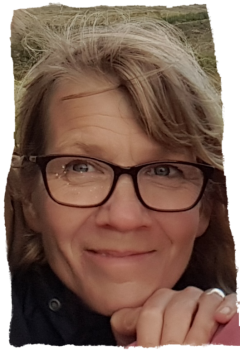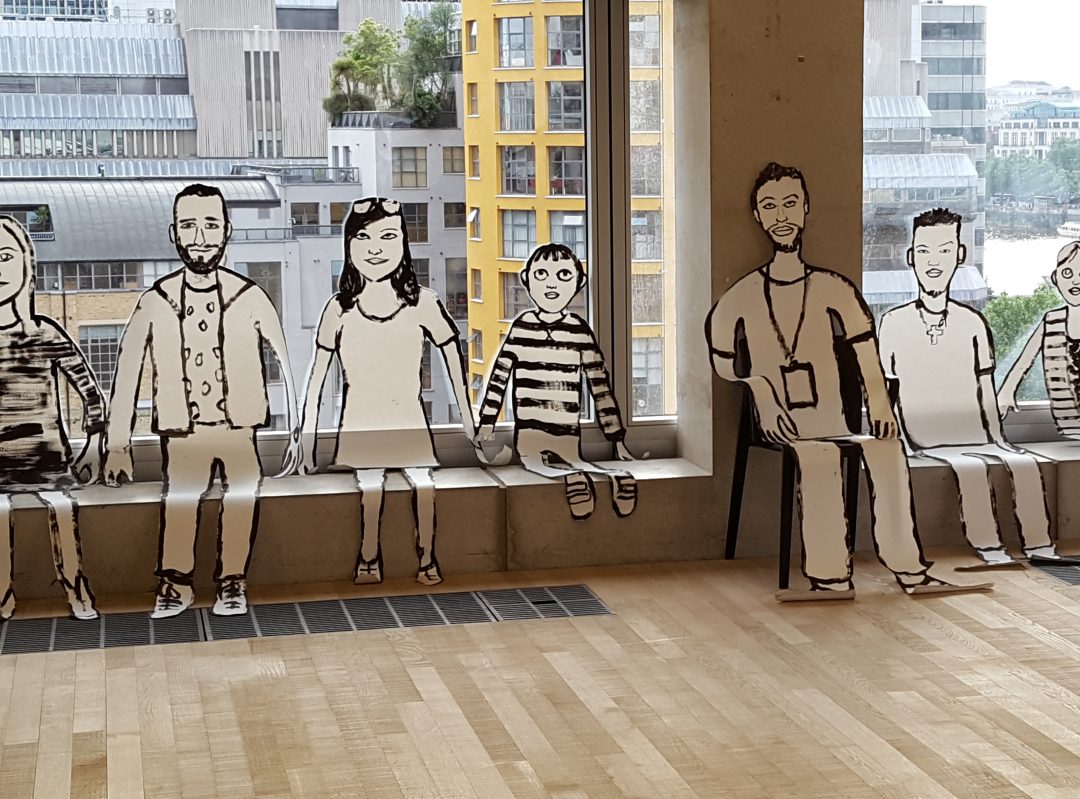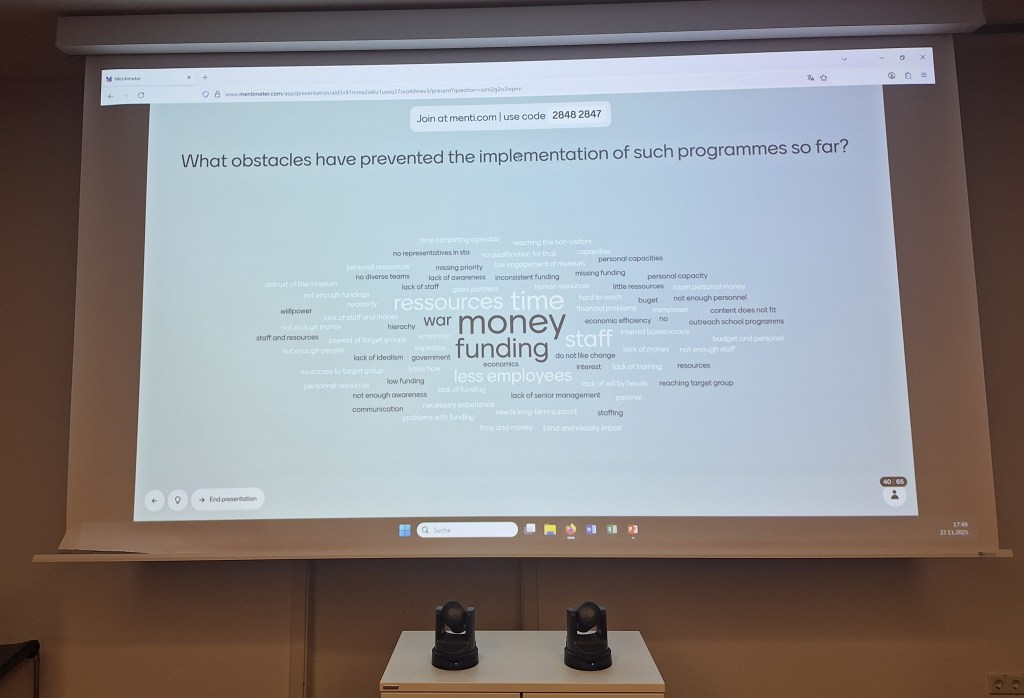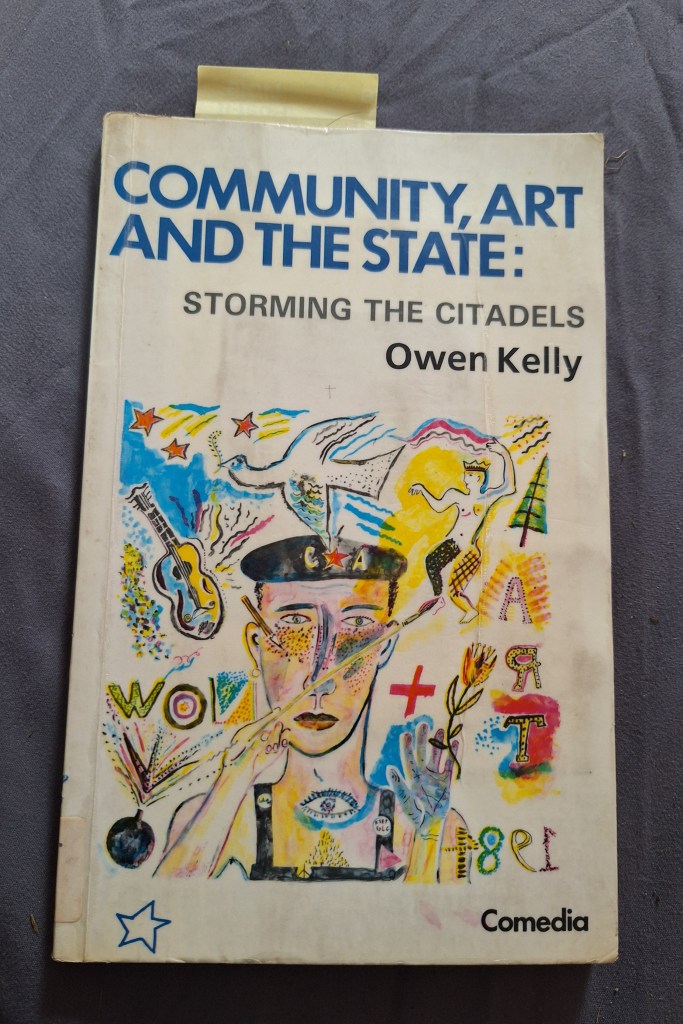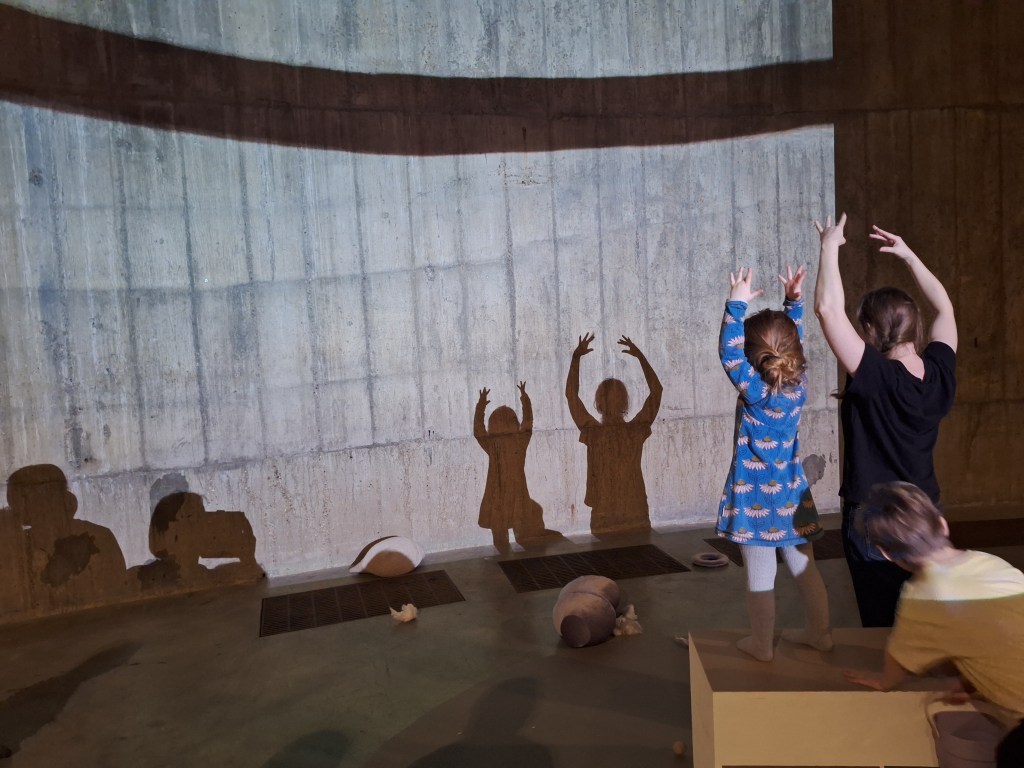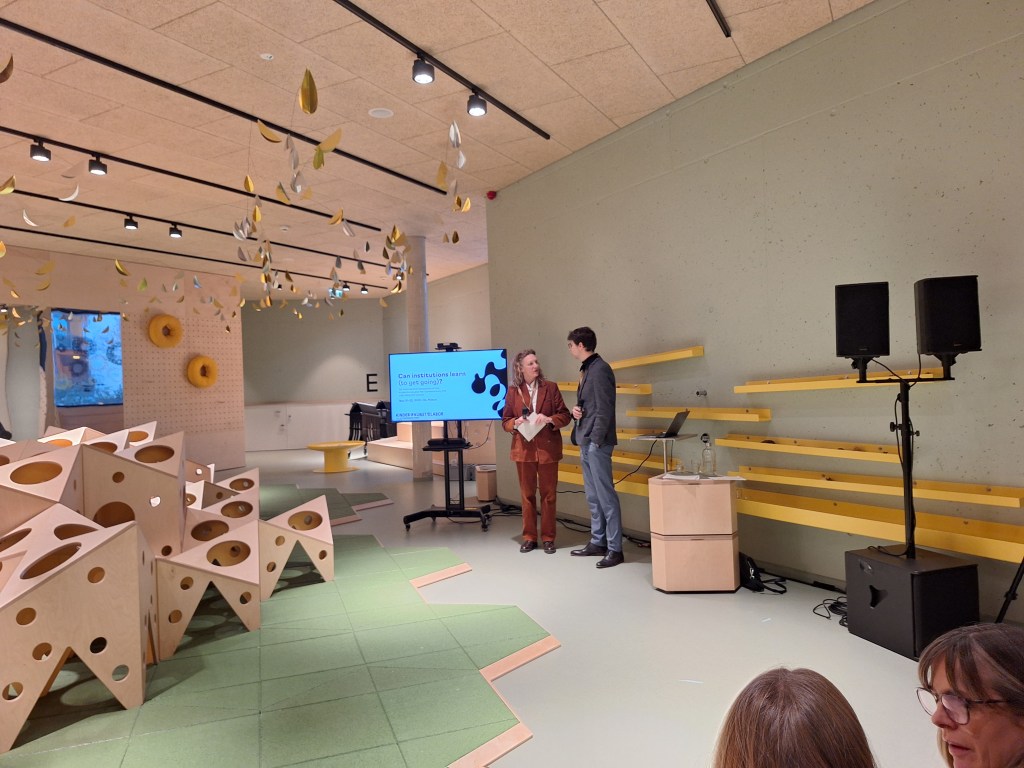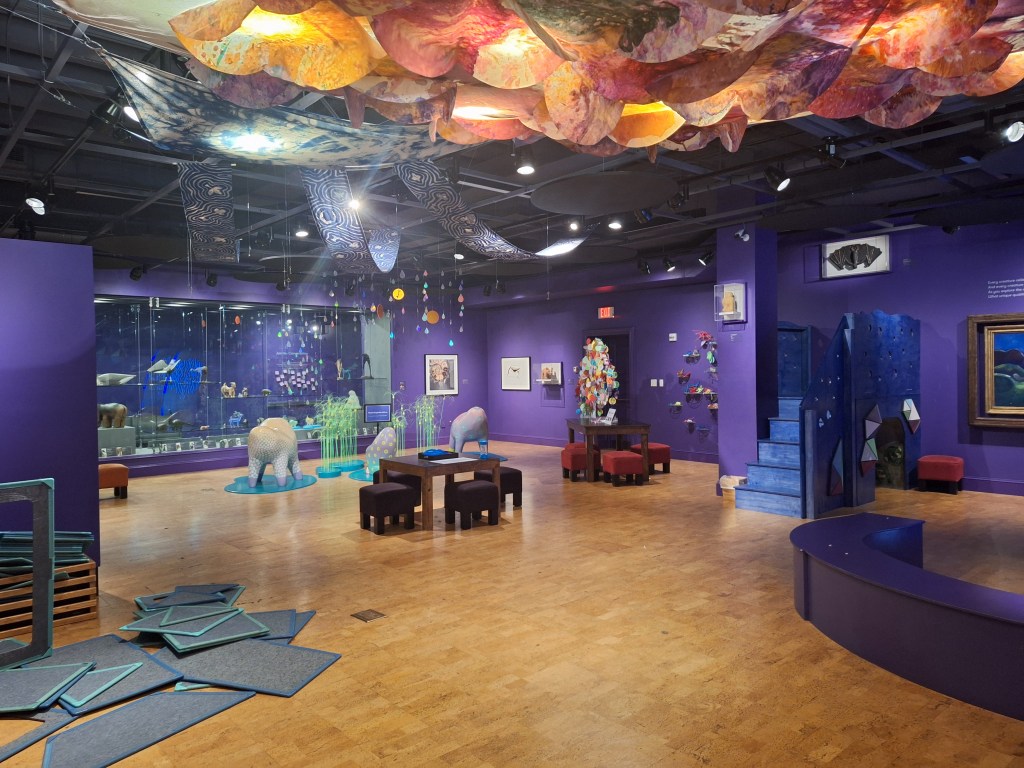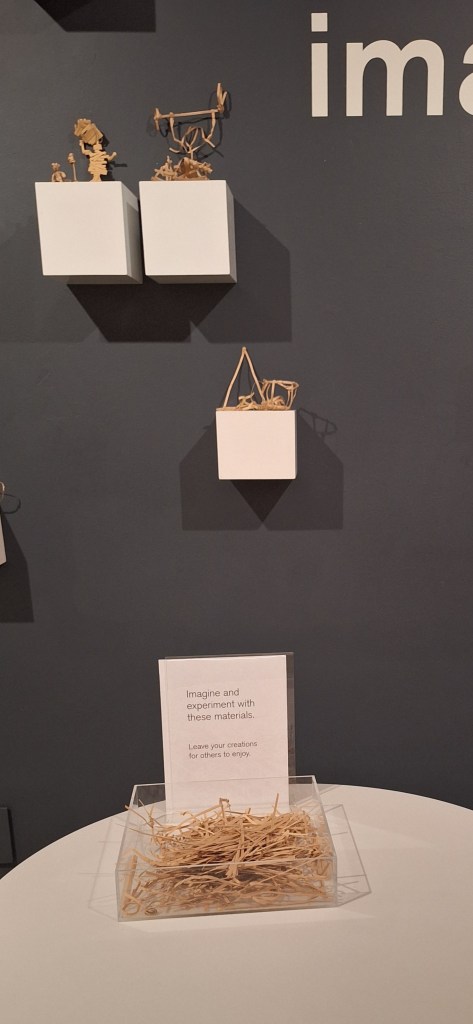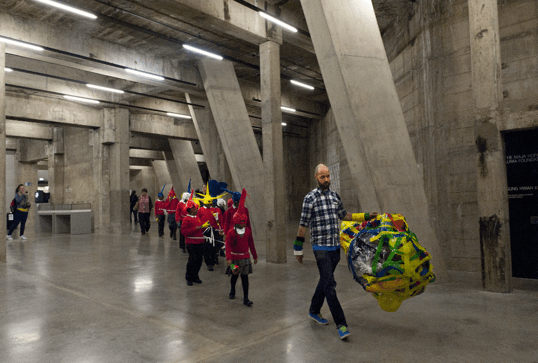Welcome to a refreshed PRAM – the Practitioner Research in the Art Museum blog – that explores what it means to be a practitioner researcher in the art museum. It looks at how research and practice operates in art museums today and by whom and explores how we might expand on current models to re-shape and broaden our understandings. My background is in art practice, gallery education and research and I have a longstanding interest in widening access to art through supporting visitors and curators to engage in processes of shared enquiry. I see value in framing the gallery as a space for research-led and reflective practice where museum professionals can operate as practitioner researchers, working with audiences and colleagues to co-produce new knowledge.
In this blog I worry away at questions relating to knowledge, creativity, expertise, rigour and authority and look at models of collaborative and practice based research being employed in art schools, universities and schools to see how these can be applied in the art museum. I ground my ideas by learning at first hand from art institutions that are developing innovative cross-disciplinary and collaborative research-led practice, both in the UK and internationally. And I draw attention to writers and thinkers whose ideas are helpful and relevant in reconceptualising how research and practice operates in art museums currently.
This blog began life as part of an AHRC funded fellowship I undertook from September 2017 to July 2018 to research and develop a framework for practitioner-led co-produced research for the art museum of the twenty-first century. This fellowship allowed me to step away from the role I had then as Head of Learning Practice and Research at Tate to read, research and write. I visited museums and art organisations, interviewed and spoke with colleagues in the UK and internationally, facilitated seminars and talks and wrote this blog and a book – ‘Rethinking Research in the Art Museum‘ – that was published by Routledge in 2019. The experience challenged and broadened my thinking about my own practice and art museum research in its entirety.
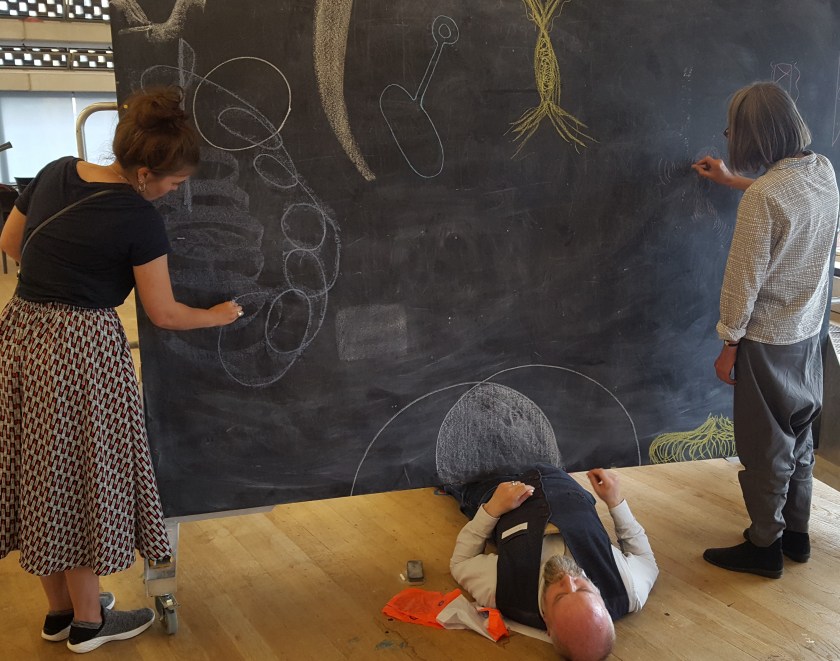
In August 2018 I returned to Tate and took up the role of Head of Research in February 2019. For the next year I worked alongside others to write the Research Strategy, reframe our practice and develop research projects. It was a rich and productive time. Things changed profoundly when the Covid-19 pandemic hit in March 2020 and over the last two years, whilst continuing to support research and implement the strategy across the organisation, much of my time has been spent managing people and projects in challenging circumstances. I have learnt a great deal and benefitted from working with extraordinarily dynamic and thoughtful people across different departments and disciplines in a creative and ambitious organisation. I have been privileged to connect with a wide range of brilliant colleagues from across the arts and academia who have expanded my thinking. However I have missed writing and researching and in December 2022 I left Tate, to be able to focus my energy on these. I plan to bring all of my experience and my ongoing explorations to my writing in this blog going forward. And I hope to include the voices of fellow practitioner researchers as guest contributors.
As I wrote when I began the blog, the title ‘Practitioner Research in the Art Museum’ is a little too wordy for my liking. However the acronym PRAM is very appealing. As well as the familiar definition of a carriage for young children, the Oxford English Dictionary also describes a pram as a ‘flat-bottomed boat for shipping cargo’. I still think, even though it is a bit cheesy, that this blog functions as a means to transport ideas, as a place where ‘young’ and emerging thoughts can be communicated and carried forward. As I enter the next new phase of my professional journey I look forward to sharing more of the cargo.
